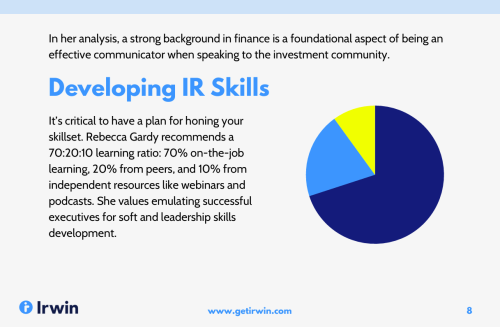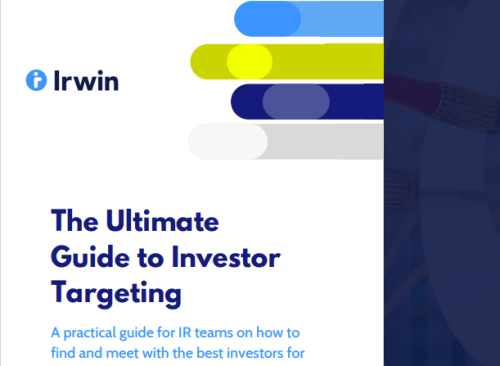IR professionals should offer a greater depth and range of engagement tools when hosting earnings calls to maximize investor and analyst retention, according to experts at the most recent IR Magazine Think Tank – West Coast.
Earnings calls are the bread and butter of every IRO, a fundamental part of the role and crucial for investors. Yet the process and the way these calls are presented can sometimes be dull, one audience member remarked.
When thinking about earnings, ‘the squeakiest wheel is the analysts, but those are not the folks listening and buying your stock,’ said one think tank attendee. ‘Those long-term, high-quality, fundamental investors do spend the time on the calls, and they will go back and listen to the transcript.’
Tailoring the script
Another point noted was how people learn in different ways. ‘One of the more powerful mechanisms is having an earnings presentation upfront and live with a picture of the executive and tailoring the script to read it on your own,’ said an attendee. ‘I think management teams lose their opportunity to engage the audience and have them listen to their words by leaving it up to them to read [the] script.’

Different teams have different styles, however. ‘If you have managers who are great at presenting, where you can tell the confidence in their voice via inflection and a script, they absolutely should do it. The reality is, there are some I’ve listened to who were literally reading with no inflection,’ a delegate commented.
Earnings calls are also for customers, employees, partners and other parties, not just investors. ‘It’s not just about the investment community; it’s more than just the industry analysts,’ said an IRO. ‘There’s lots of stakeholders, but I think there are [other] people who are listening. Go look at who’s pulled your webcast, or who’s on the call afterwards, because you’d be surprised who else is [listening].’
Understanding your audience
‘We’re lucky to have a CEO who is a great communicator, and he is an excellent communicator during earnings calls, but they’re still dry,’ explained an IRO. ‘They’re still heavily scripted and what I’m finding is that our retail base is not finding them to be meaningful. What we’ve started doing is taking the same content but holding a separate virtual video presentation where we hold a live Q&A with people.
‘It really impacts them in a very different way: they feel much more connected. They can look directly into the eyes of the CEO speaking to them. He’s not looking down and reading from a script. I think part of figuring out how to do this is figuring out who your audience is and what’s the best way to reach [that audience].’
IR Magazine returns to Palo Alto, California for its next Think Tank – West Coast on September 26. Requests for invitations to attend are now open.











